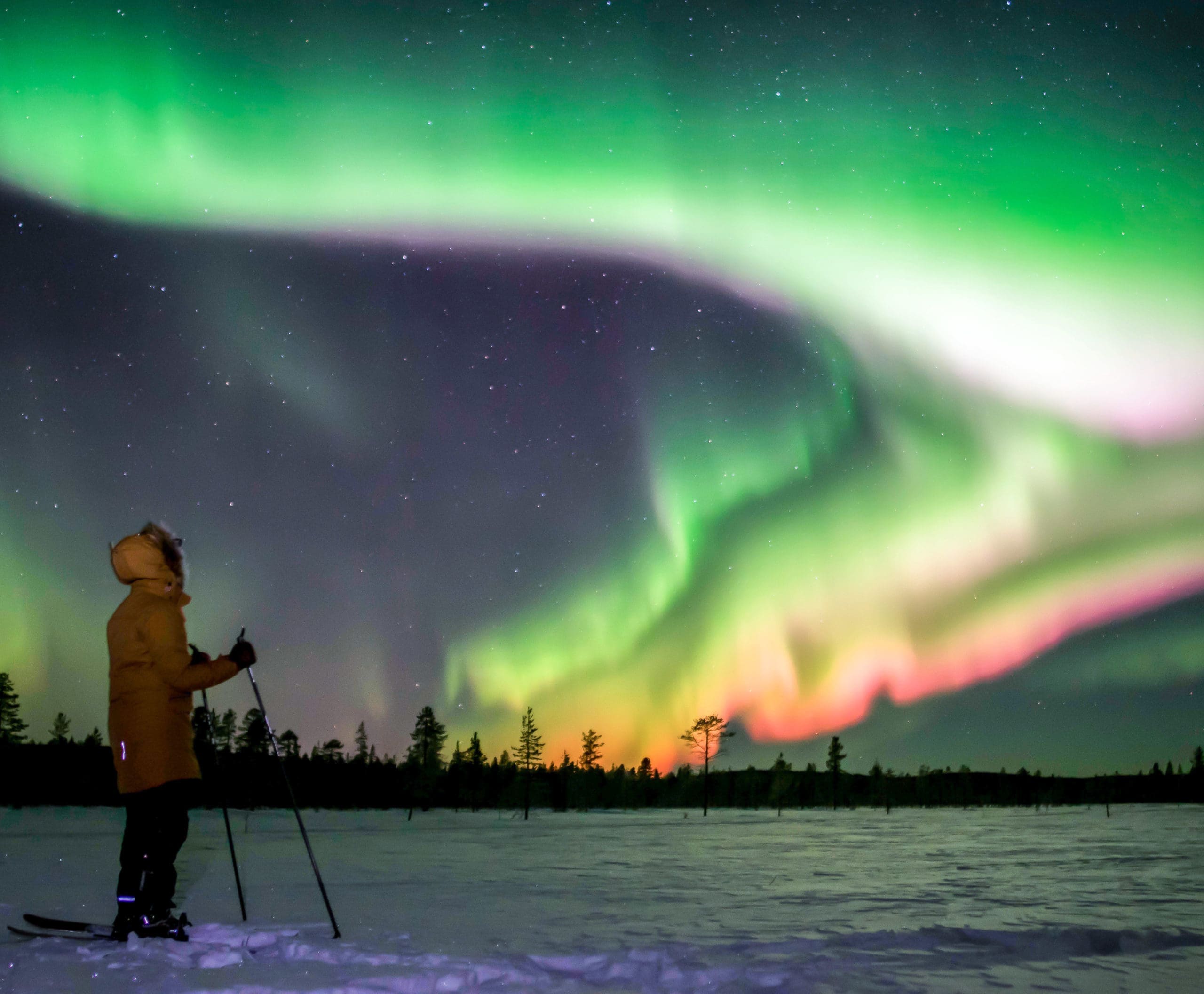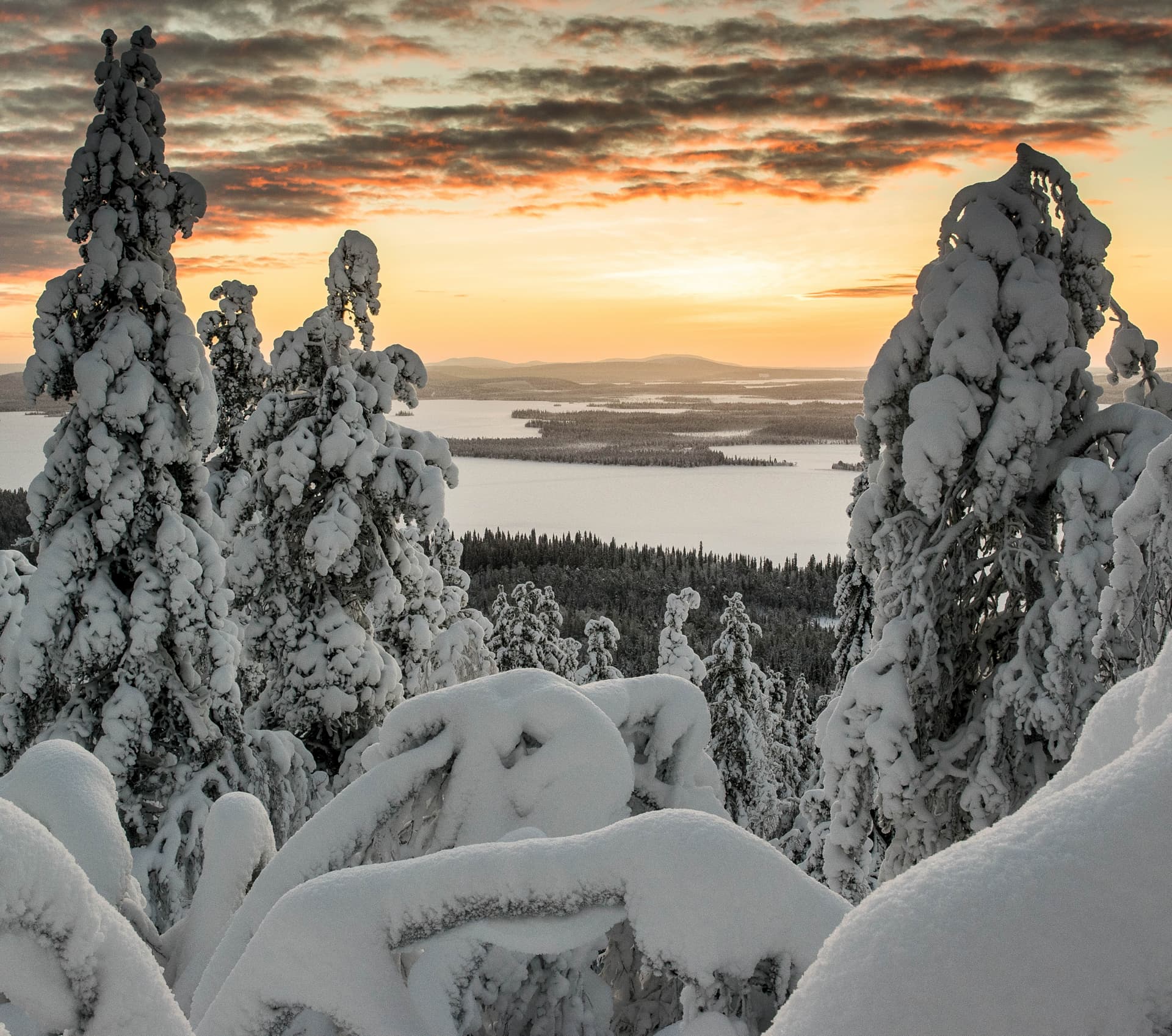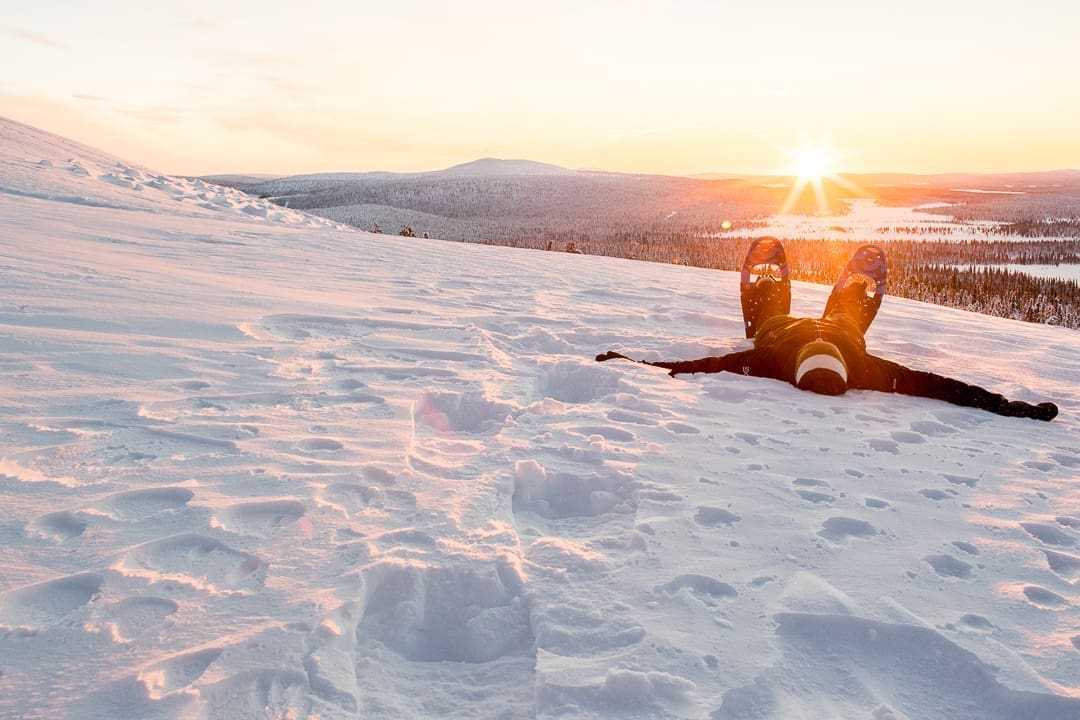Lapland, a magical region in the northernmost part of Finland, is renowned for its stunning landscapes, the Northern Lights, and, of course, its reindeer. These majestic creatures are an integral part of the culture and ecosystem of Lapland. Here, we delve into ten fascinating facts about Lapland reindeer that will enlighten and engage you.
Reindeer Outnumber People
One of the most intriguing facts about Lapland is that reindeer outnumber people. With a population of around 200,000 reindeer and only about 180,000 residents, these animals are a dominant presence in the region. This abundance of reindeer means that visitors have numerous opportunities to interact with them, whether through reindeer rides, farm visits, or even participating in herding activities.
Reindeer herding is a significant part of the local economy and culture. The reindeer are semi-domesticated and roam freely in the vast wilderness of Lapland, making it a unique experience for anyone visiting the area.
Reindeer Antlers: A Unique Feature
Both male and female reindeer grow antlers, which is unique among deer species. Male reindeer typically shed their antlers in late autumn after the mating season, while females retain theirs throughout the winter. This helps females protect their food sources during the harsh winter months.
The antlers are not just for show; they play a crucial role in the reindeer’s survival. They use them to dig through the snow to find food and to defend themselves from predators. The antlers are also the fastest-growing bones in the animal kingdom, growing up to 2 cm per day during the summer.
Reindeer Diet: Lichens and More
Reindeer have a varied diet that changes with the seasons. In the summer, they graze on grasses, herbs, and leaves. However, during the winter, when the ground is covered in snow, they rely heavily on lichens, a type of symbiotic organism that grows on trees and rocks.
Lichens are incredibly nutritious and provide the reindeer with the energy they need to survive the cold months. Reindeer have a unique enzyme in their stomachs that allows them to digest lichens, which are otherwise indigestible to most animals.
Reindeer Migration
Reindeer are migratory animals, and their movements are closely tied to the seasons. In the summer, they move to higher elevations to graze on the lush vegetation. As winter approaches, they migrate to lower elevations where the snow is less deep, making it easier to find food.
This migration is a spectacular sight, with thousands of reindeer moving together across the landscape. It is a tradition that has been practiced for thousands of years and is a testament to the reindeer’s adaptability and resilience.
Reindeer and the Northern Lights
Lapland is one of the best places in the world to witness the Northern Lights, and reindeer play a unique role in this natural phenomenon. According to local folklore, the Northern Lights are caused by a magical fox running across the Arctic valleys, sweeping its tail across the snow and creating sparks that light up the sky.
While this is a charming legend, the scientific explanation is that the Northern Lights are caused by electrically charged particles from the sun colliding with the Earth’s atmosphere. Regardless of the explanation, seeing the Northern Lights with reindeer in the foreground is an unforgettable experience.
Reindeer Races
Reindeer races are a popular and exciting tradition in Lapland. These races are held during the winter months and involve reindeer pulling skiers or sleds at high speeds. It is a thrilling event that showcases the strength and agility of these animals.
Reindeer races are not just for entertainment; they are also a way to celebrate the culture and heritage of Lapland. They bring communities together and provide an opportunity for people to connect with their traditions and history.
Reindeer as a Source of Livelihood
Reindeer herding is a vital source of livelihood for many people in Lapland. The reindeer provide meat, hides, and antlers, which are used to make a variety of products. Reindeer meat is a staple in the local diet and is known for its rich flavor and high nutritional value.
In addition to providing food and materials, reindeer herding also supports tourism in the region. Visitors come from all over the world to experience reindeer herding firsthand and to learn about the culture and traditions of Lapland.
Reindeer Calves
Most reindeer calves are born in May or early June, just in time to take advantage of the warmest and greenest time of the year in Lapland. Newborn reindeer are incredibly resilient and can stand and move within a few hours of birth.
For the first few weeks, the calves rely on their mother’s milk, which is rich in nutrients and helps them grow quickly. Within a week, they start eating vegetation, and their antlers begin to grow. Watching reindeer calves play and explore their surroundings is a delightful sight.
Reindeer Adaptations
Reindeer are well-adapted to the harsh Arctic environment. They have a thick coat of fur that provides insulation against the cold, and their hooves are specially designed to walk on snow and ice. The hooves are also used to dig through the snow to find food.
Another fascinating adaptation is their ability to see ultraviolet light. This helps them spot predators and find food in the snowy landscape. These adaptations make reindeer incredibly resilient and capable of surviving in one of the most challenging environments on Earth.
Reindeer and Tourism
Reindeer are a major attraction for tourists visiting Lapland. Many visitors come to experience reindeer sleigh rides, visit reindeer farms, and even participate in reindeer herding activities. These experiences provide a unique opportunity to connect with nature and learn about the culture and traditions of Lapland.
At Wildmaker Lapland, we offer a variety of tours and experiences that allow you to get up close and personal with these magnificent animals. From reindeer sleigh rides to guided tours of reindeer farms, we provide an authentic and immersive experience that you will never forget.
In conclusion, reindeer are an integral part of the culture and ecosystem of Lapland. Their unique adaptations, fascinating behaviors, and close relationship with humans make them a truly remarkable species. If you are interested in experiencing the magic of Lapland and its reindeer, consider booking a tour with Wildmaker Lapland. We offer a range of services, including reindeer sleigh rides, farm visits, and guided tours, to help you make the most of your visit to this enchanting region.



